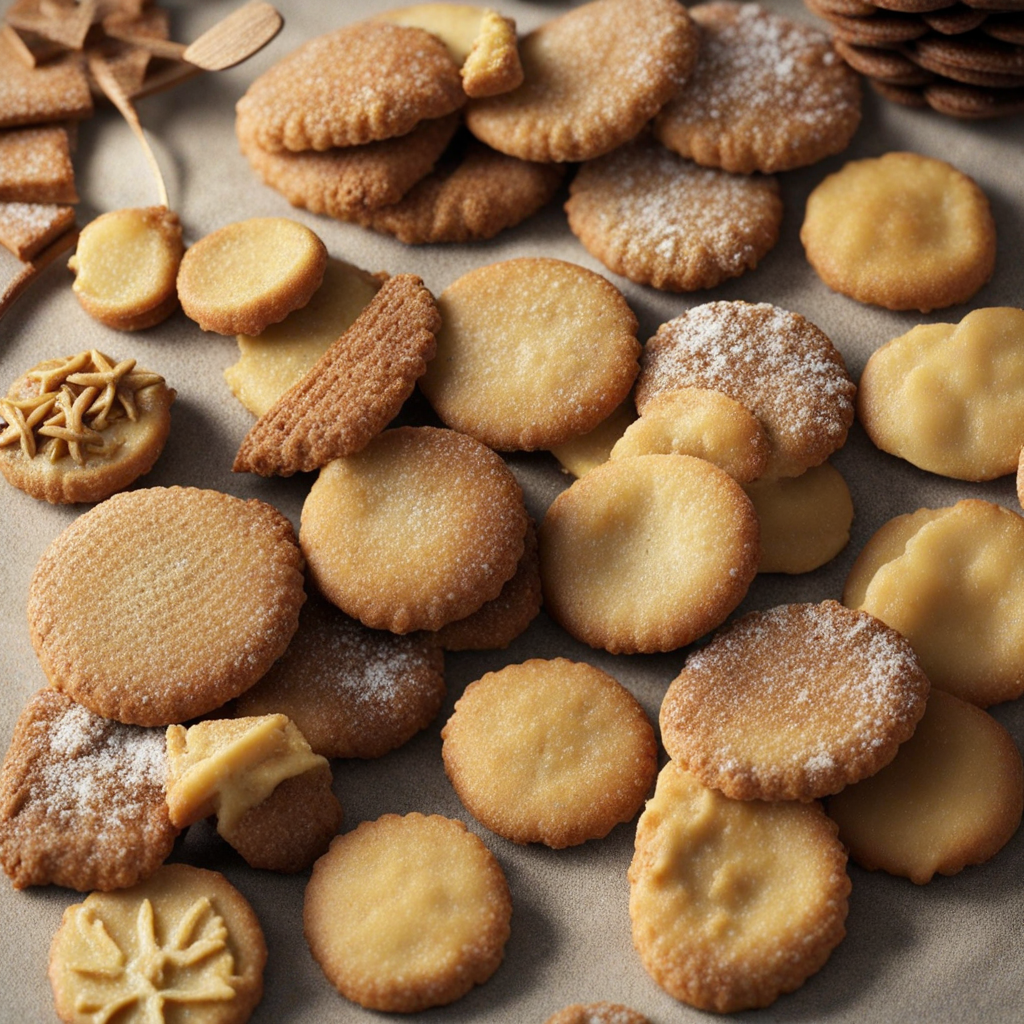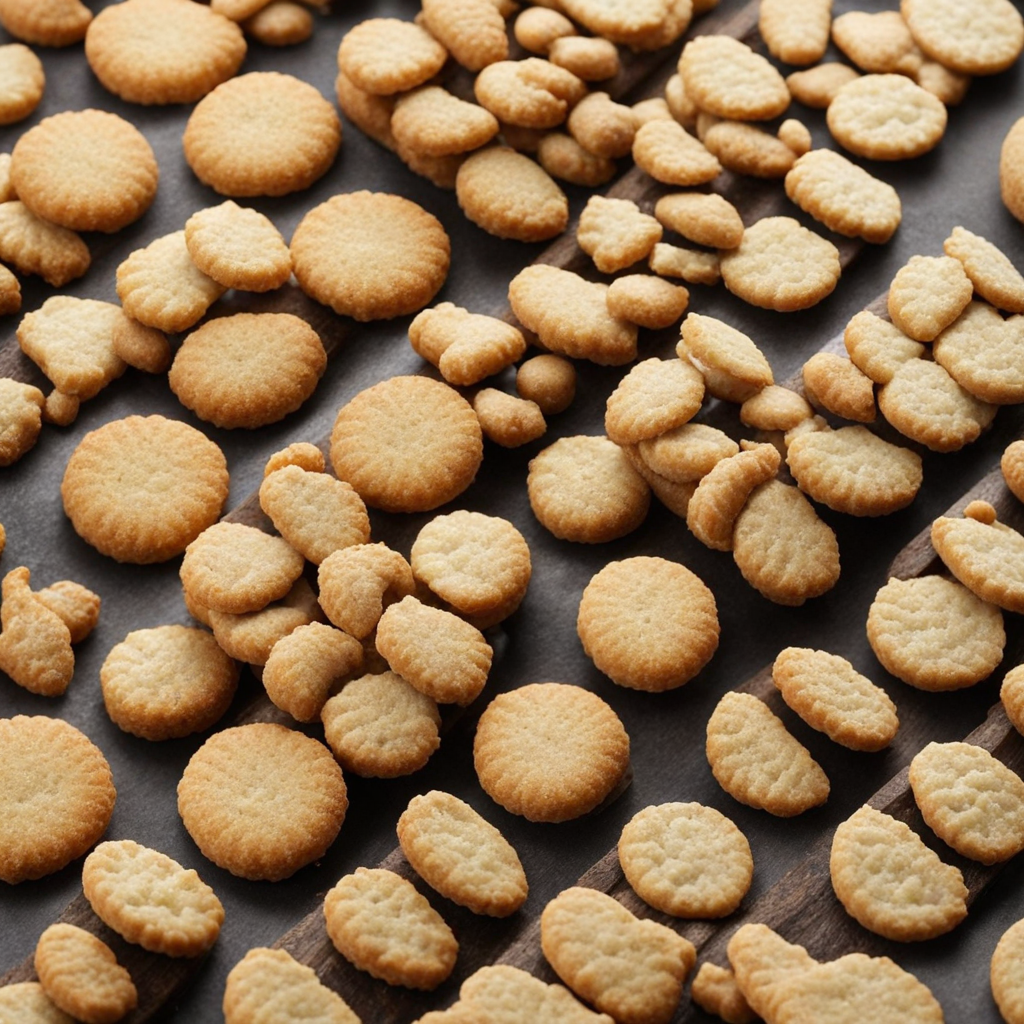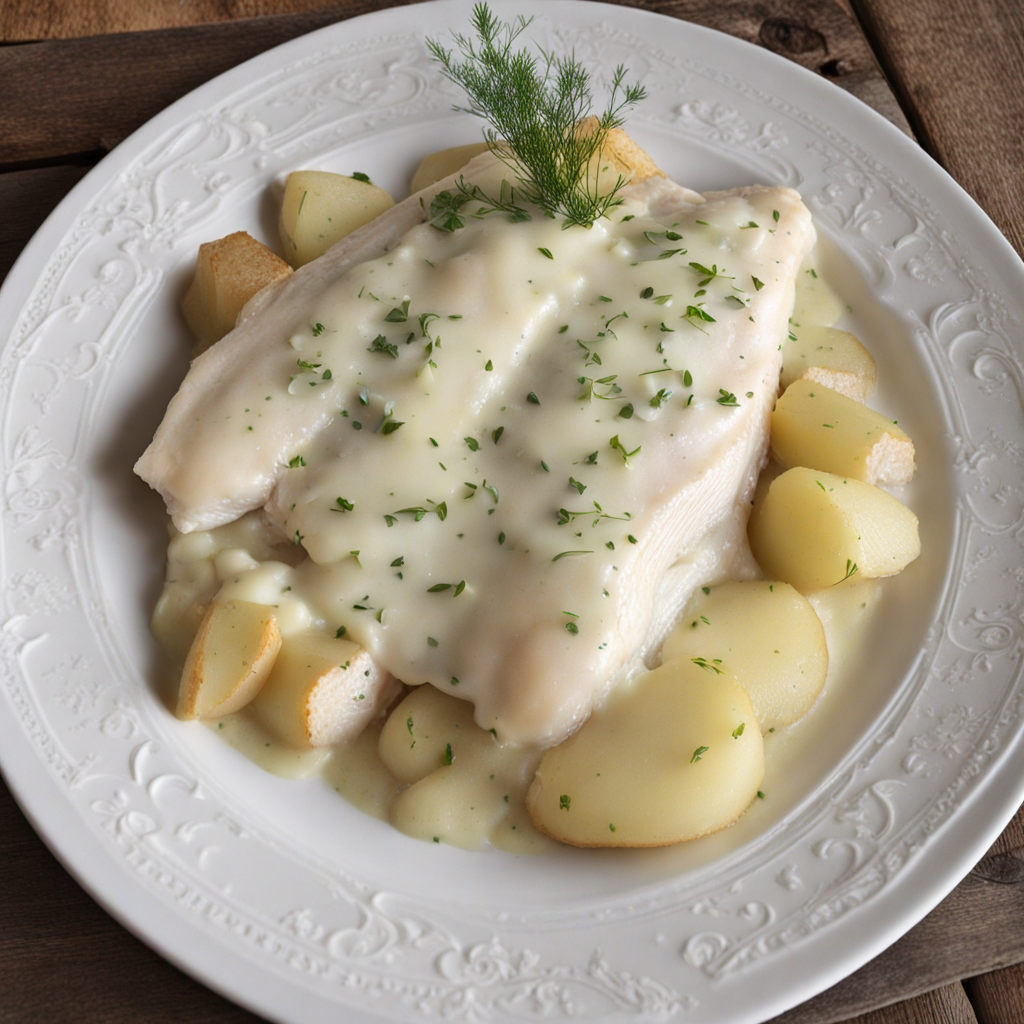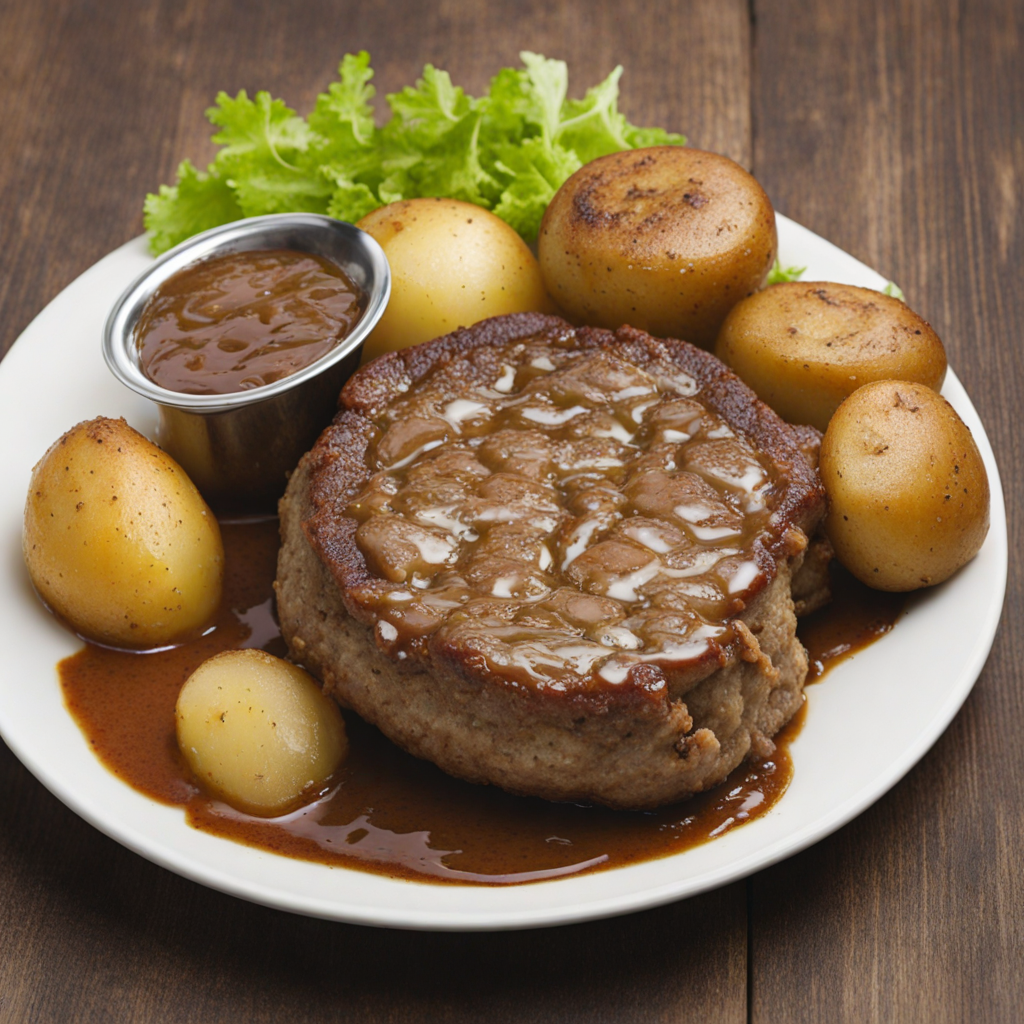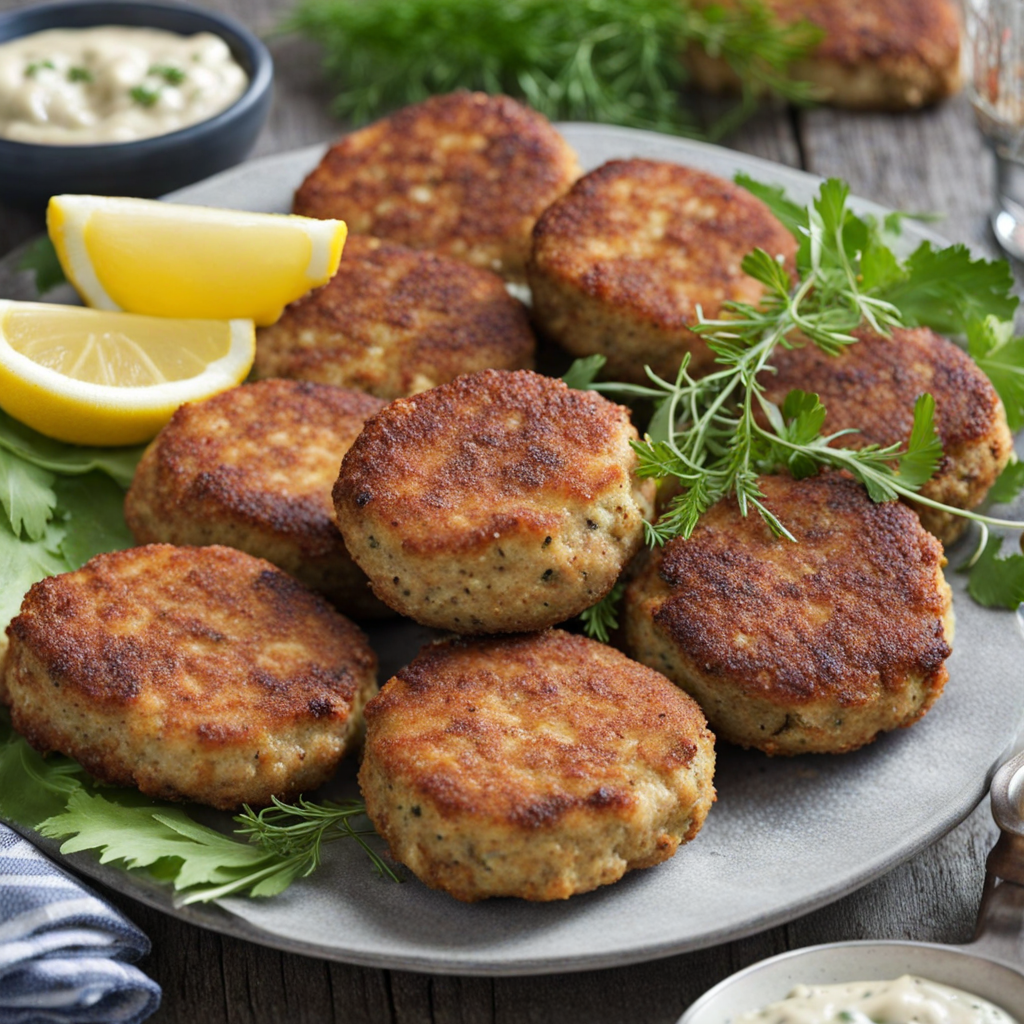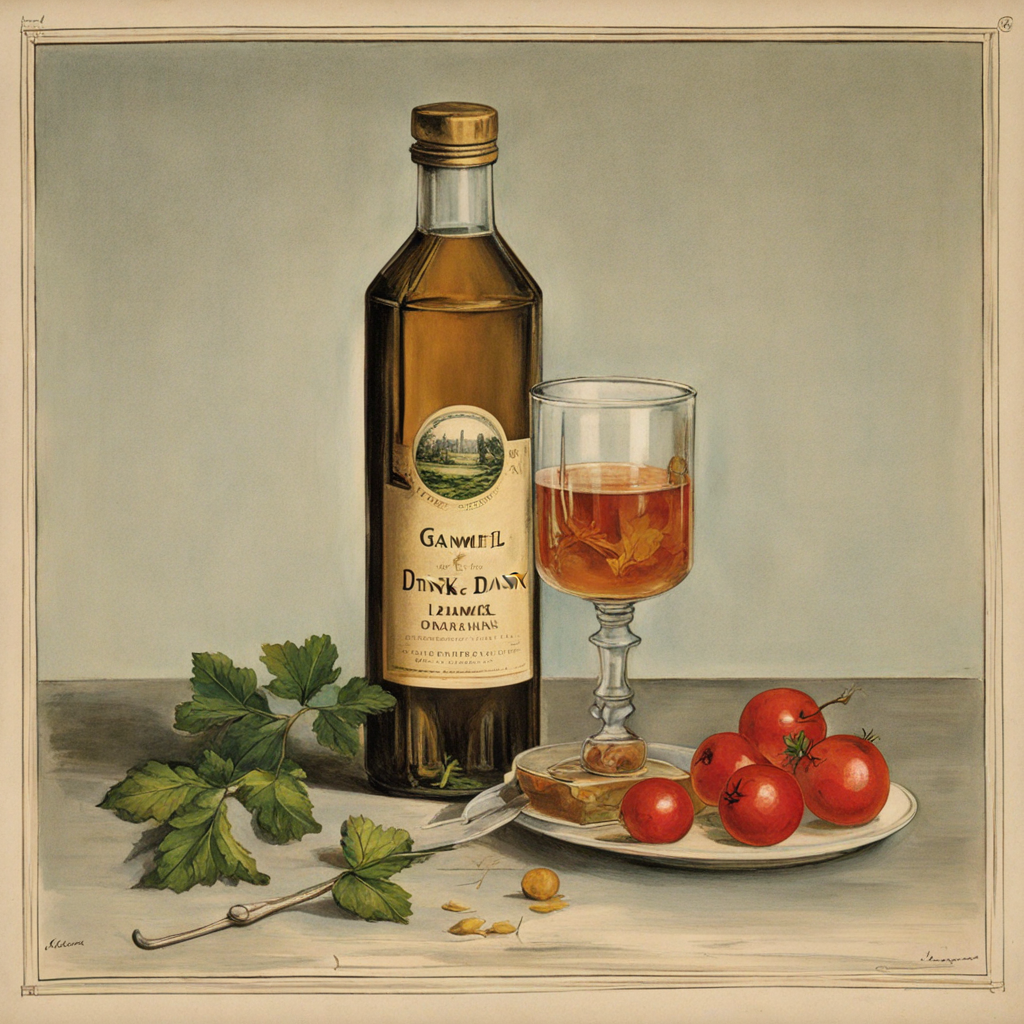Småkager
Småkager, a delightful treat from Denmark, are small cookies that come in a variety of flavors and textures, making them a perfect companion for coffee or tea. These bite-sized delights are often characterized by their buttery richness and a hint of sweetness, which can range from subtly delicate to indulgently decadent. The dough is typically made from simple ingredients such as flour, sugar, butter, and eggs, allowing the natural flavors to shine through. Many recipes incorporate unique elements like spices, nuts, or dried fruits, creating a symphony of tastes that cater to diverse palates. One of the most popular variations of småkager is the traditional Danish butter cookie, known for its crisp texture and melt-in-your-mouth quality. These cookies are often beautifully shaped into rings, hearts, or stars and may be decorated with chocolate drizzles or sprinkled with coarse sugar. Other variations include spices like cardamom or cinnamon, which add warmth and complexity, while nutty versions may contain almond or hazelnut flour for an added depth of flavor. Regardless of the type, each småkager is a testament to Danish baking traditions, showcasing the craftsmanship and attention to detail that goes into each batch. Småkager are not just about taste; they carry a sense of nostalgia and warmth, often enjoyed during family gatherings, celebrations, or simply as a comforting snack at home. They are commonly presented in decorative tins, making them a popular gift during holidays or special occasions. The experience of savoring a småkager goes beyond the palate, as each bite evokes a sense of coziness and connection, inviting you to explore the rich culinary heritage of Denmark. Whether you're trying a classic version or a modern twist, småkager promise a delightful adventure for your taste buds.
How It Became This Dish
The History of Småkager: Denmark's Beloved Cookies #### Origins of Småkager Småkager, a term that translates to "small cakes" in Danish, refers to a delightful array of cookies that have become a staple in Danish culture. The origins of småkager can be traced back to the Middle Ages in Europe, where the art of baking flourished due to the introduction of sugar and spices from the East. Denmark, being strategically located as a trading hub, witnessed a blend of culinary influences from neighboring countries, particularly Germany and Sweden. The earliest forms of småkager were likely simple, made with basic ingredients such as flour, butter, and sugar. However, as the availability of exotic ingredients expanded, particularly after the Columbian Exchange in the 15th and 16th centuries, Danish bakers began experimenting with flavors and textures. Spices like cinnamon, cardamom, and cloves became hallmark ingredients, adding depth and warmth to these cookies. #### Cultural Significance The cultural significance of småkager in Denmark cannot be overstated. Traditionally, they have been associated with various celebrations and gatherings, marking important moments in life, from birthdays to Christmas. During the festive season, the preparation of småkager is a cherished family tradition, where recipes are often passed down through generations. The act of baking together fosters bonds and creates a sense of continuity in family heritage. In Danish society, småkager are not just treats; they embody hospitality. The practice of serving småkager with coffee or tea during social gatherings is deeply ingrained in the culture. The concept of "hygge," which translates to a cozy, charming, or special moment, often involves sharing these cookies with friends and family, creating an atmosphere of warmth and togetherness. #### Development Over Time As the years progressed, the variety of småkager expanded significantly. By the 19th century, Danish culinary traditions began to formalize, with the emergence of cookbooks that documented various recipes for småkager. Iconic varieties began to develop, including: 1. Jødekager (Jewish Cookies): These are crisp, buttery cookies often sprinkled with sugar, known for their simplicity and delightful crunch. Despite their name, they are enjoyed by many and are a popular choice for festive occasions. 2. Klejner: A twisted, deep-fried cookie that is often dusted with powdered sugar. Klejner have roots in the celebration of Christmas, where they are prepared to commemorate the festive spirit. 3. Pebernødder: Spicy, small round cookies traditionally made during the Christmas season. They are flavored with a unique blend of spices, including pepper, which gives them a distinctive kick. 4. Brunkager: Literally meaning "brown cookies," brunkager are made with dark molasses and spices, resulting in a rich, chewy treat. These cookies are often decorated with nuts and have become a Christmas favorite. 5. Kransekage: Although typically associated with weddings and special occasions, this almond-based cake is often presented in small, cookie-like portions. It symbolizes celebration and is often used as a centerpiece for festive events. The 20th century saw the further commercialization of småkager, with bakeries and brands producing them on a larger scale. The rise of the industrial revolution allowed for mass production, making these treats accessible to a broader population. However, the artisanal craft of baking remained strong, and many Danes continued to bake småkager at home, preserving the traditional methods and recipes. #### Modern-Day Småkager Today, småkager continue to be an integral part of Danish life. The rise of the internet and social media has allowed for a resurgence in home baking, with many Danes sharing their family recipes online. This digital revolution has created a platform for a younger generation to connect with their culinary heritage. Moreover, the global interest in Scandinavian cuisine has brought attention to Danish småkager beyond the borders of Denmark. International food enthusiasts have embraced these cookies, leading to a fusion of flavors and styles. Contemporary bakers experiment with ingredients, creating gluten-free, vegan, or even fusion versions that incorporate elements from other cuisines. In recent years, the emphasis on sustainability and local ingredients has influenced the production of småkager as well. Many artisanal bakers focus on using organic and locally sourced materials, aligning with a broader movement toward environmentally conscious eating habits. This evolution not only preserves the traditional aspects of småkager but also adapts them to modern tastes and values. #### Conclusion The history of småkager in Denmark is a rich tapestry woven with tradition, culture, and adaptability. These small cakes have transcended their humble beginnings, becoming symbols of Danish hospitality and familial bonds. From medieval origins to contemporary innovations, småkager reflect the evolving nature of Danish society while remaining rooted in a sense of community and shared experiences. Whether enjoyed during a festive celebration or a quiet afternoon with coffee, småkager encapsulate the essence of hygge, inviting everyone to savor the simple pleasures of life. As Denmark continues to evolve, so too will the love for these delightful cookies, ensuring that they remain a cherished part of Danish culinary heritage for generations to come.
You may like
Discover local flavors from Denmark


